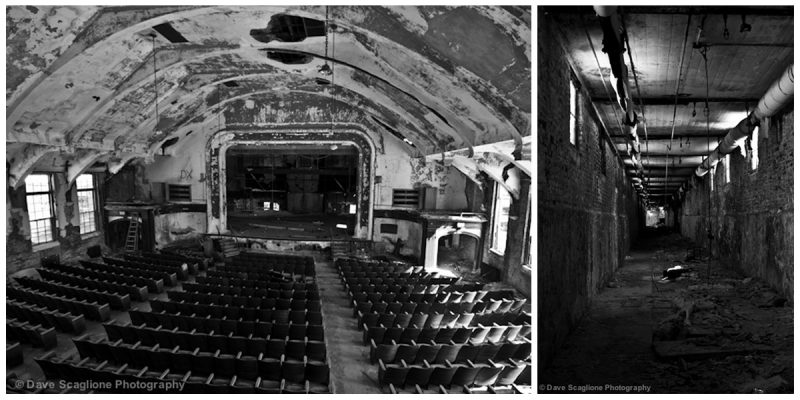Built in an idyllic location chosen for its therapeutic scenes overlooking the River Thames, the Norwich State Hospital in Connecticut, originally established as Norwich Hospital for the Insane, was created for the mentally ill and those found guilty of crimes by insanity.
The hospital opened in 1904, and though the number of patients and employees were drastically reduced over the years, it remained operational until October 10, 1996. Photos: David Scaglione/Flickr
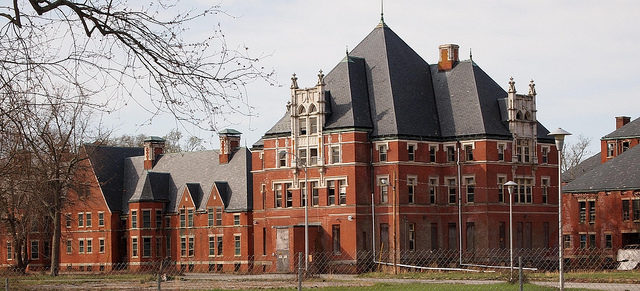
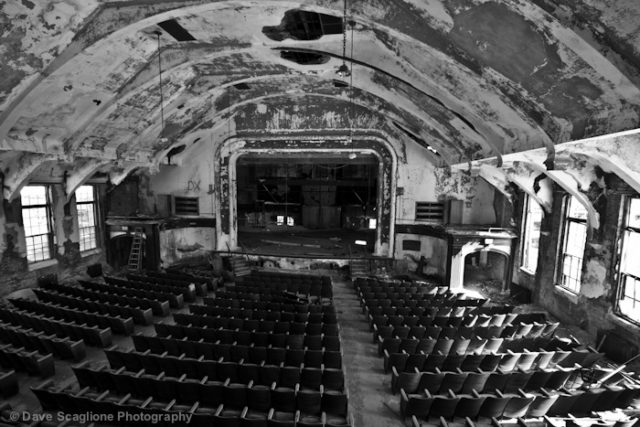
Beginning with just one building holding ninety-five patients, the hospital quickly expanded over the years to include twenty additional buildings by 1930, holding over 2,200 patients. To provide an identification system, each building was originally assigned a letter name.
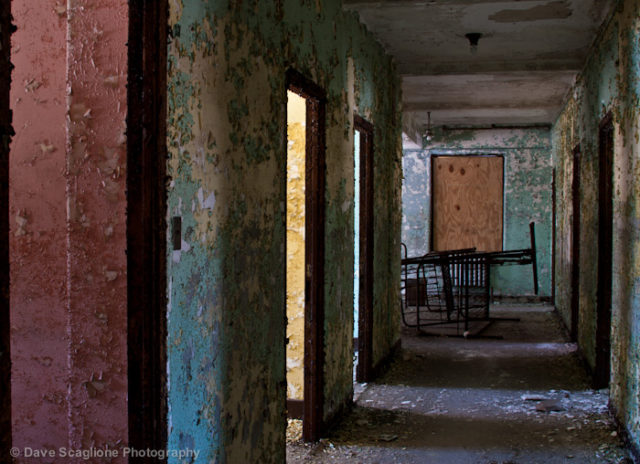
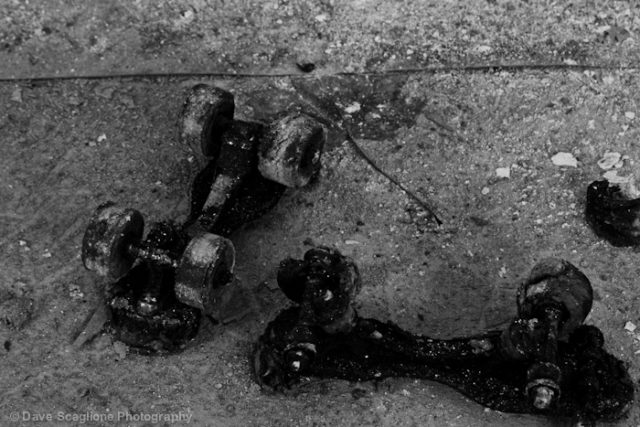
As with most mental hospitals constructed at the time, the Norwich State Hospital was a self-sufficient institution, having its own power plant, bakery, farm, laboratory, theater, bowling alley, and housing for staff and doctors.
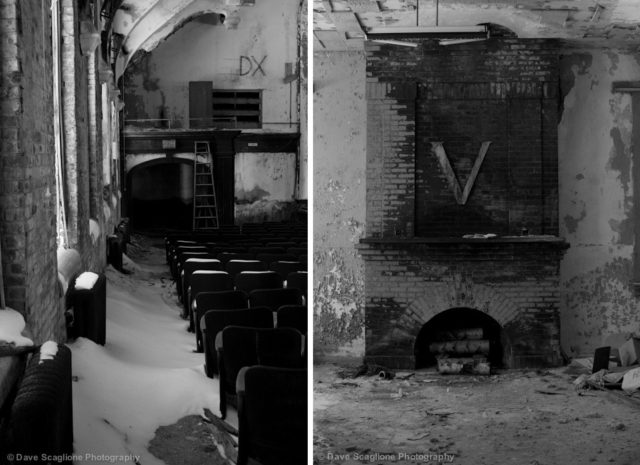
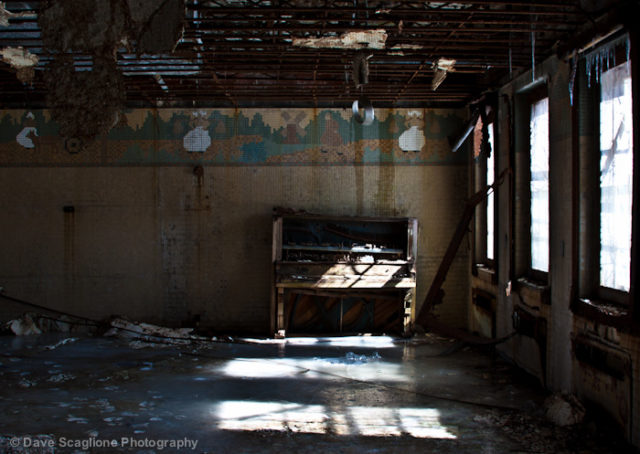
Due to a large number of structures and the hundreds of acres they stood on, the majority of buildings were connected by a series of underground tunnels which stretched back towards the river.
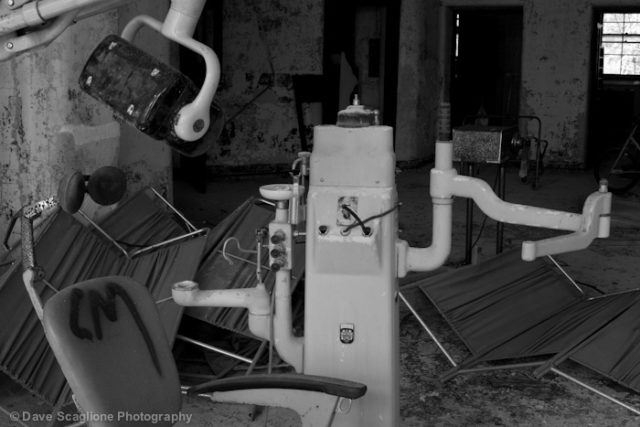
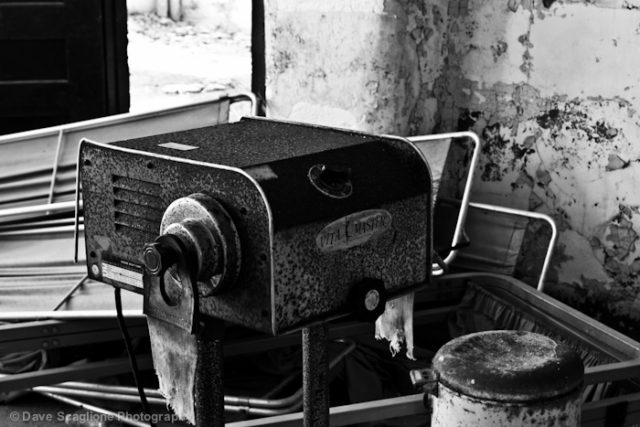
The main purpose of these tunnels was for the utilities and maintenance use, however they were often used to transport patients from one area to another. In more recent times, the tunnels have become a means of transportation for trespassers who hope to explore the grounds of the hospital undetected by the security officers who have been hired by the state to patrol the vacant site.
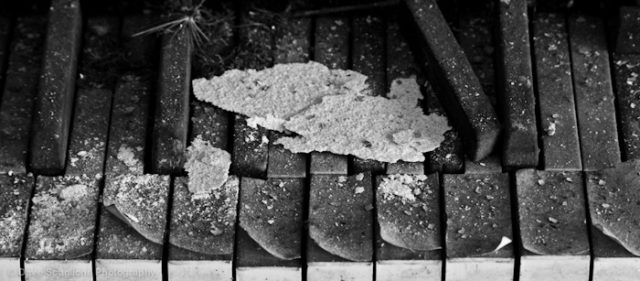
Throughout its years of operation, it also housed geriatric patients, chemically dependent patients and, from 1931 to 1939, tubercular patients.
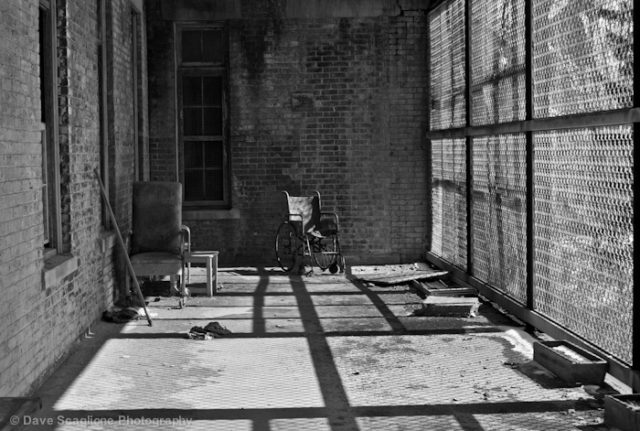
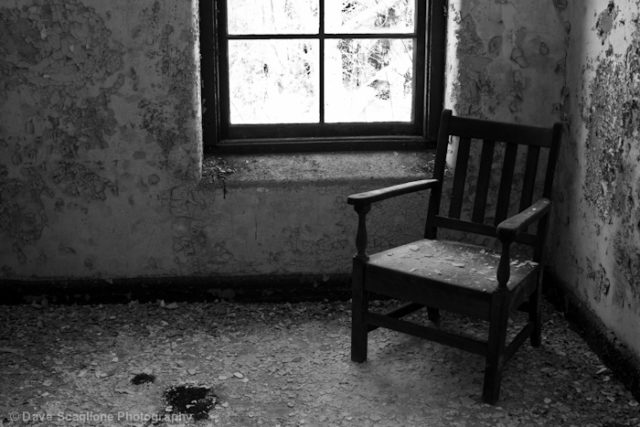
Norwich State Hospital was officially closed as a treatment facility in 1996 and its remaining patients were transferred to other facilities around the state. The extensive tunnel network, full of cancer causing asbestos, along with the rotting underground tanks and old hospital landfills created very expensive cleanup costs. This, along with various state and town legislative issues, had left the property in limbo until 2011, when cleanup and demolition was started.
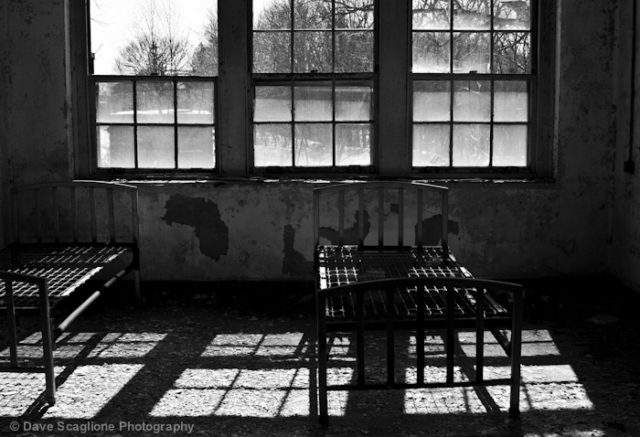
Demolition of the property started in spring of 2011 with the collapse of the tunnels surrounding Administration. As of June 2014, all buildings on the campus have been demolished except for the Kettle, Lodge, Seymour, and Russell Buildings, which are in the process of abatement and demolition, and the Mitchell, Gallup, Lippitt, Ray, and Pathway Buildings, which present special concerns and were expected to be demolished later in 2014, The Administration Building has been weatherized and buttoned up to prevent further decay and will be saved for future development.
